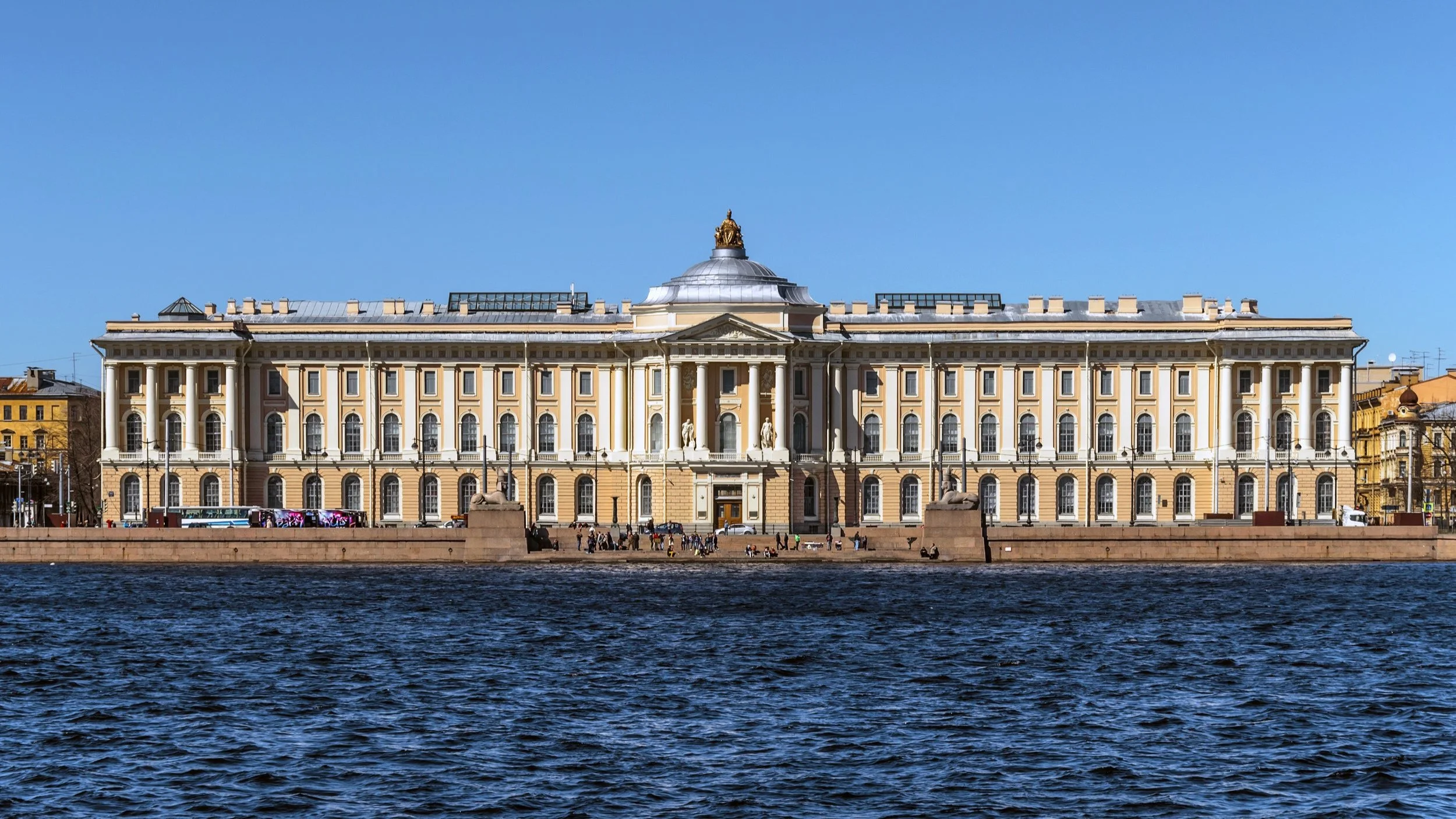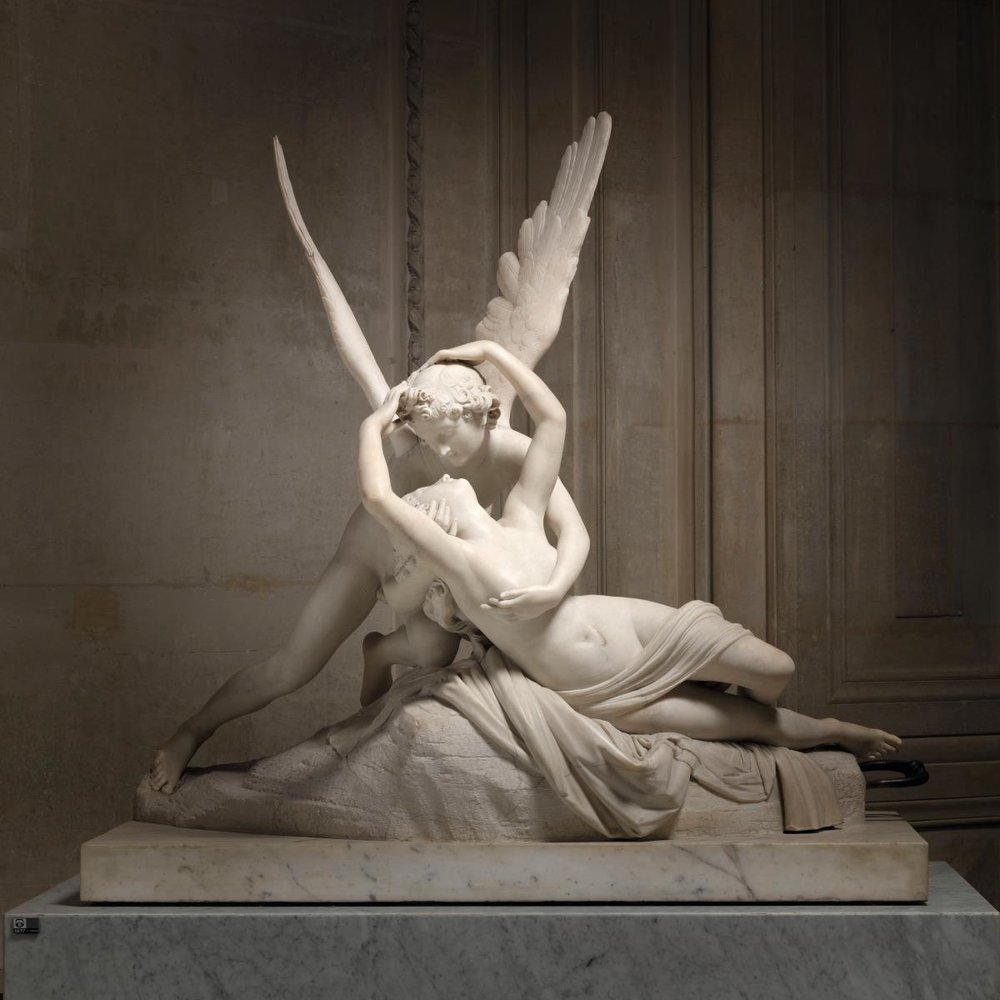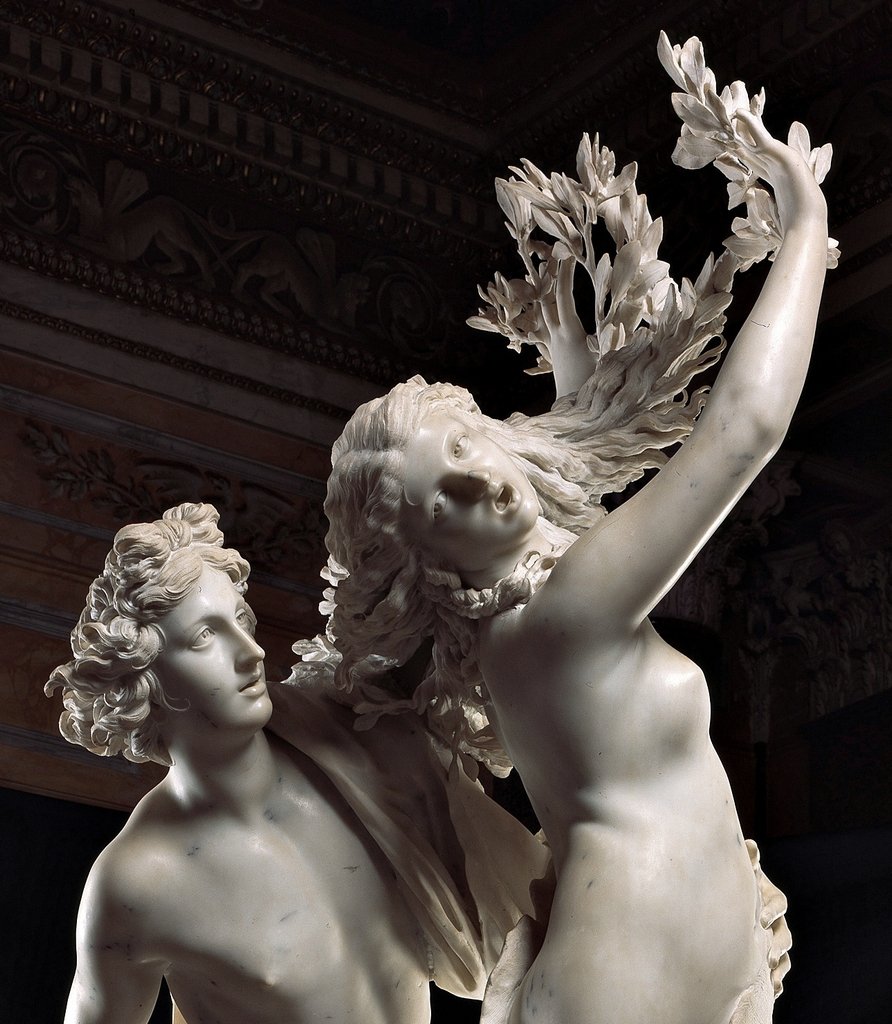The Eternal Quest
The Eternal Quest
Sculptor Vladimir Brodarsky shares insights into his creative process and the deeper purposes of art.
Vladimir Brodarsky is a master sculptor and faculty member at the esteemed St. Petersburg Academy of the Arts. A classically trained artist, Vladimir's sculptures embody the principles of beauty, harmony and form that pay homage to the great masters of the past, while also creatively depicting his own unique expressions of historical and contemporary subjects in the world today.
How did you find your way into working as a sculptor, and where did you learn your craft?
In my youth I was very passionate about drawing, but when I was finishing high school and the question of where to further my education arose, I chose to study the art of sculpture; I attended the Grekov Odessa School of Art, one of the oldest and most respected art universities in Ukraine. After successfully completing my degree, I went on to the Saint-Petersburg Academy of Arts in Russia, considered one of the most renowned institutions of traditional art and sculpture in the world.
SAINT PETERSBURG ACADEMY OF THE ARTS
Upon graduation I enrolled in the creative workshop of G. D. Yastrebenetsky, an incredible artist whom I had the pleasure of studying under for three years. Afterwards I chose to return to the Academy, this time in the role of teacher. Looking back at my journey thus far, I can say I’ve spent an incredible fourteen years dedicated to the art of sculpture.
How would you describe your style and approach?
Well, we can start by acknowledging the fact that this craft as a phenomenon can take various forms… in this vast and wonderful world of sculpture, I’m most impressed by figurative work, because I consider it to be the most challenging, complex, and interesting style.
An impeccable degree of technique, imagination, and of course talent must all come together in harmony to create such timeless and beautiful results as those obtained by the great masters, such as Alessandro Algardi, Lorenzo Bernini, Antonio Canova, V.A. Beklemishev, Mark Antokolsky, and many others…
Those wishing to learn classical sculpture in academic institutions today often struggle with a shortage of knowledgeable teachers/resources, or discouragement by those who emphasize a more abstract approach... have you encountered these challenges yourself?
Yes it’s very true, this issue is encountered by many students in art schools due to the fact that very often teachers from pedagogical universities carry an artistic bias against the traditional arts. This is a big problem, because the amount of knowledge and technical skill gained by students attending these schools is very limited, due to a lack of sufficient training. Luckily this is not an issue at the Academy of Arts here in St. Petersburg, as there are still many masterful teachers offering a classical approach to the craft.
However, even if you’re fortunate enough to have access to such great teachers, this does not necessarily mean that you’ll automatically become a great artist yourself… as the results of one’s education really depend 90% on the willingness of the student —of course the role of the teacher in guiding and explaining step-by-step the basic techniques and knowledge of the craft is very important— but even if you’re able to learn from a master on the level of a Michelangelo or a Canova, it still may not lead to anything great.
This is because although there are many well-known sculptors who’ve studied with great masters, these individuals became truly great not by simply imitating and copying their master’s approach, but because the wisdom of their master’s instruction was to fundamentally help them discover and develop their own unique artistic identity. This is very important, for as they say the true disciple is always expected to surpass their teacher, and carry their art into new horizons.
In the case of my own development I chose the path of self-training, in which I worked out many of the problems and difficulties I encountered on my own, only consulting my teachers for guidance during particularly challenging moments... for me this was a very effective approach, as the process of working through difficulties and mistakes became part of my own artistic journey and identity.
And furthermore, I’ve found that the in-depth skill, knowledge, and self-discipline gained through this process can be applied not only to sculpture, but to many other areas of knowledge and life experience as well.
I believe artists who develop in this way —constantly alive and burning with the passion of their work— will always be relevant and sought after, no matter what time period or culture they may be working in.
What’s the process like for you when undertaking a new project?
The beginning of a new work is always an interesting process for me… I often find myself entering into a special, altered type of state, and sometimes I remain in this state for up to a few days, completely immersed in a heightened sense of reality. For me this is an incredibly beautiful feeling, one that I’d never trade for anything in the world.
I usually have no defined methodology by which I approach my work, and each time the process is different and unique. Sometimes it begins with thumbnails or sketches, but this heightened sense of feeling is the most important and central part of the process, which instinctively guides the unfoldment of my creative work.
What types of projects are you commissioned to work on? Who are your common clientele?
Virtually all of my works are born from the inspiration of my own creative process, but sometimes I do accept private commissions, if I find them to be particularly interesting. At the moment I’m discussing a potential collaboration with two art galleries in Beijing and Dubai. and would be very interested in working in these locations.
From what sources do you draw your inspiration?
Of course artists find inspiration in many different ways, but for me the main source is people—whether single or multi-figure compositions, psychological portraits, etc., my entire creative process is concentrated in one way or another around the human form. I find the challenge of capturing the incredible plasticity and harmony of the human body to be a great source of inspiration.
I feel the most difficult task is to depict a sculpture in a way that exudes spiritual feeling; often when I’m working there’s this moment when the sculpture ceases to be merely an inanimate object, and suddenly begins to take on this living energy… I find these moments to be very poignant and meaningful, and the memories of them remain with me always.
What do you ultimately hope to share through your art?
As Hippocrates said, ‘Vita Brevis Ars Longa’ (Life is short, Art eternal). For me, sculpture is a form of High Art, and as such goes far beyond making something that can be quantified merely in terms of materialistic value, or passing cultural trends.
I believe through art we’re able to perceive and experience the beauty of life, and so the act of creating and experiencing art must be full of love; through honoring and acting on a deep need to materialize our visions, share our inner feelings, and depict our unique sense of the world, we’re able to open new doors within the ever-climbing tower of Art.
So ultimately I don’t believe a work of art should be perceived as a mere object or commodity, but as something that serves a much higher and deeper spiritual purpose in life. And as an artist, I simply want to serve this purpose through uniting my craft with my own lived experience, and share with others my deep love of Art.
To learn more about the work of Vladimir Brodarsky, follow him on Instagram —






















